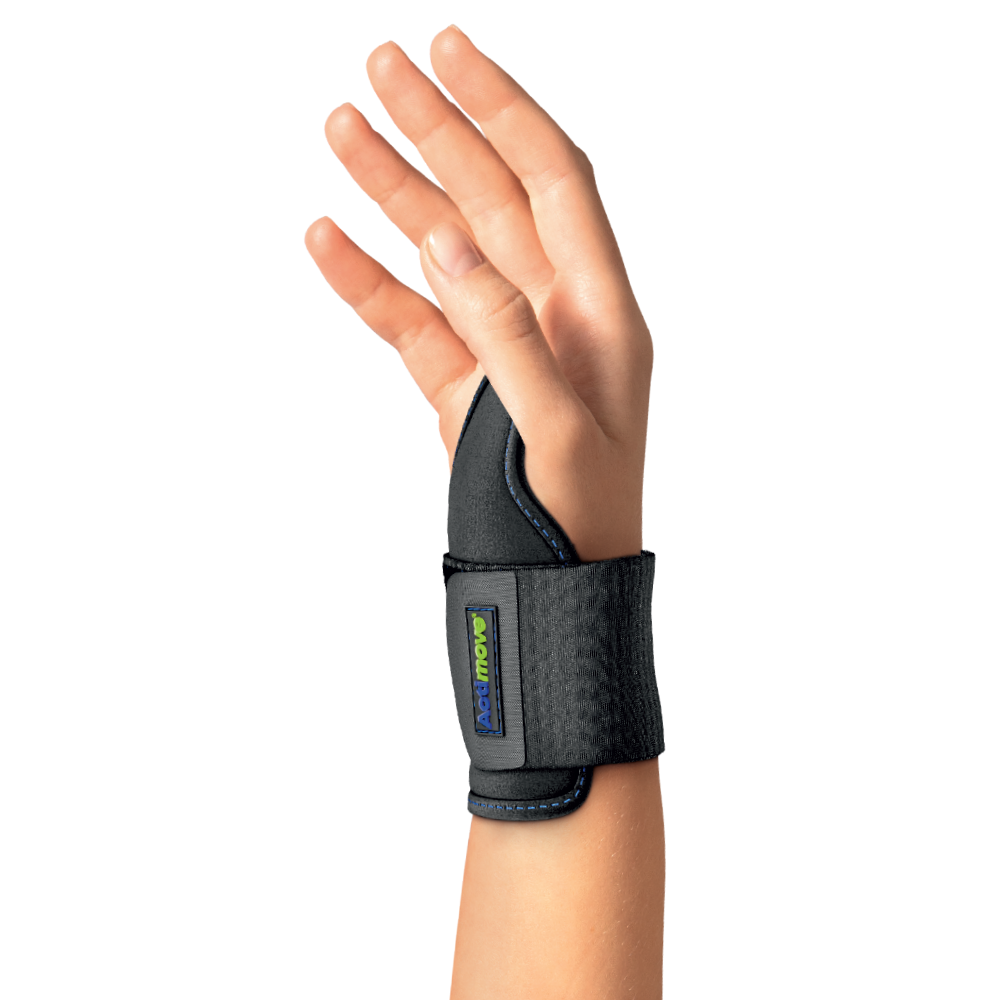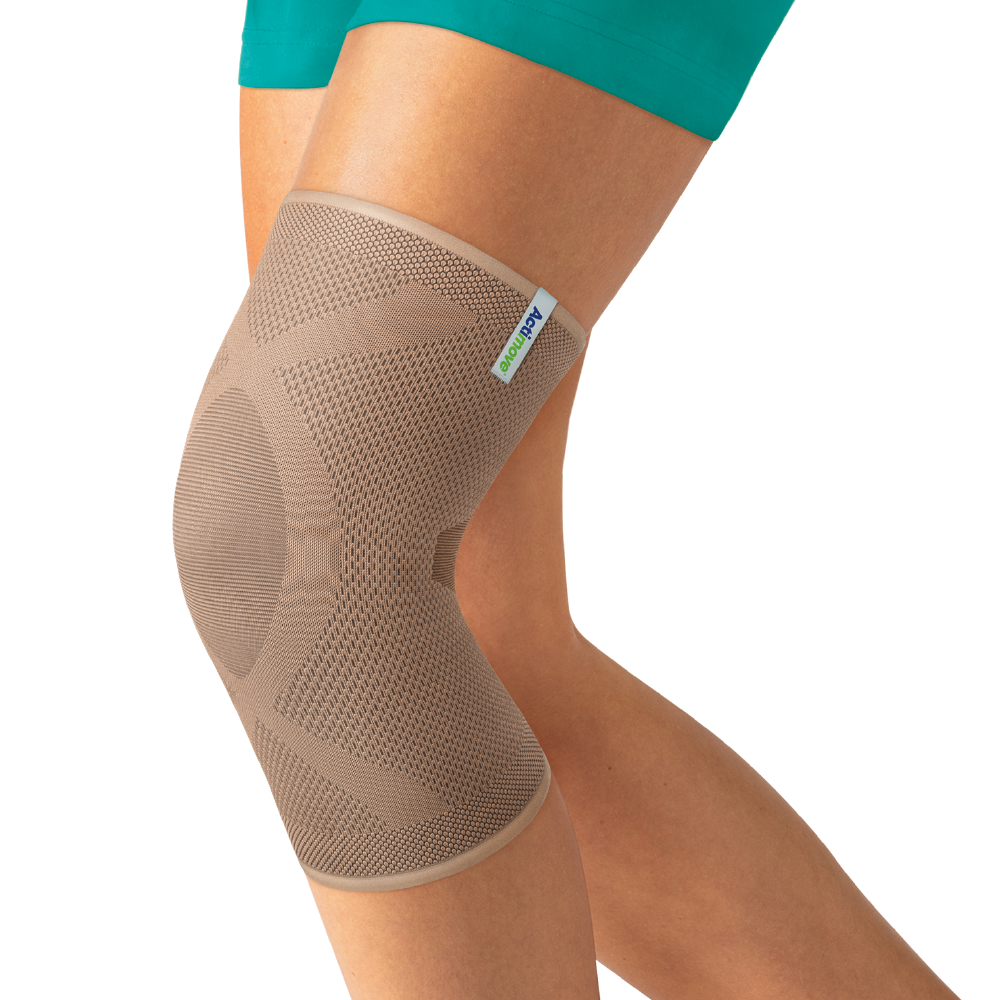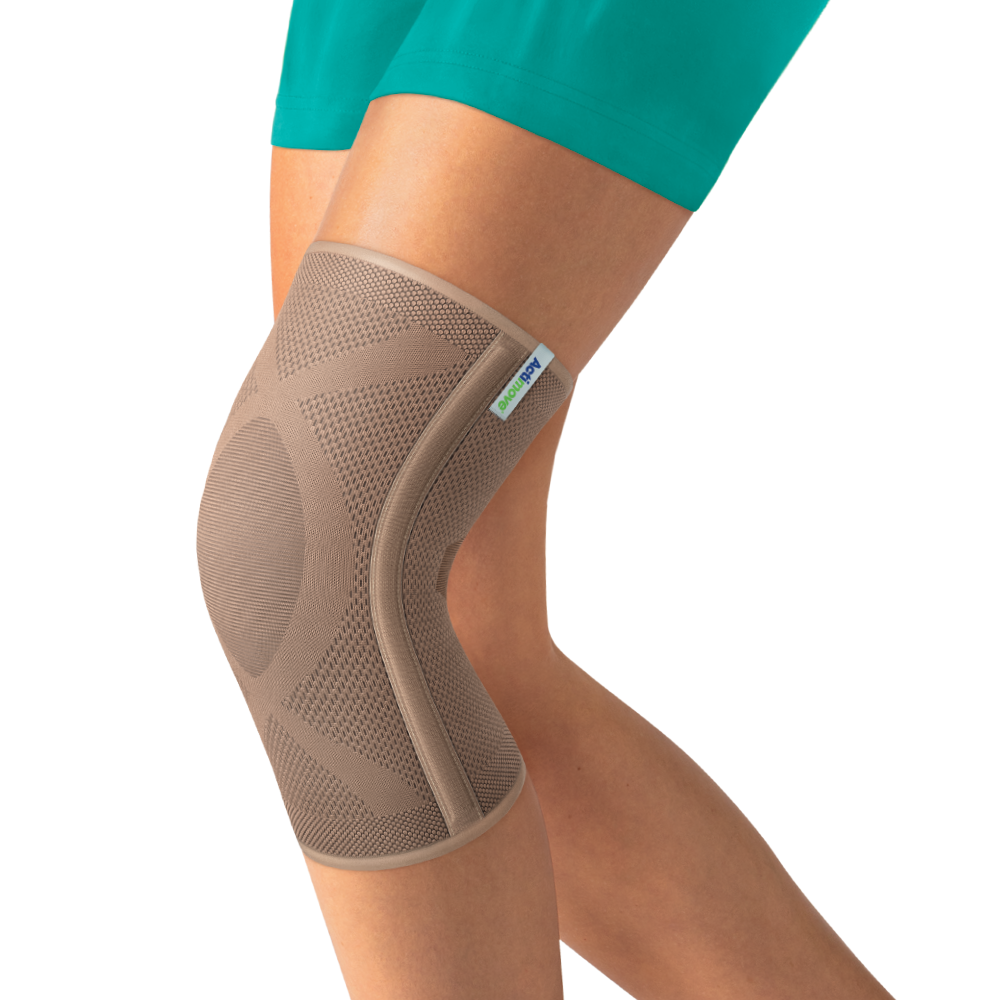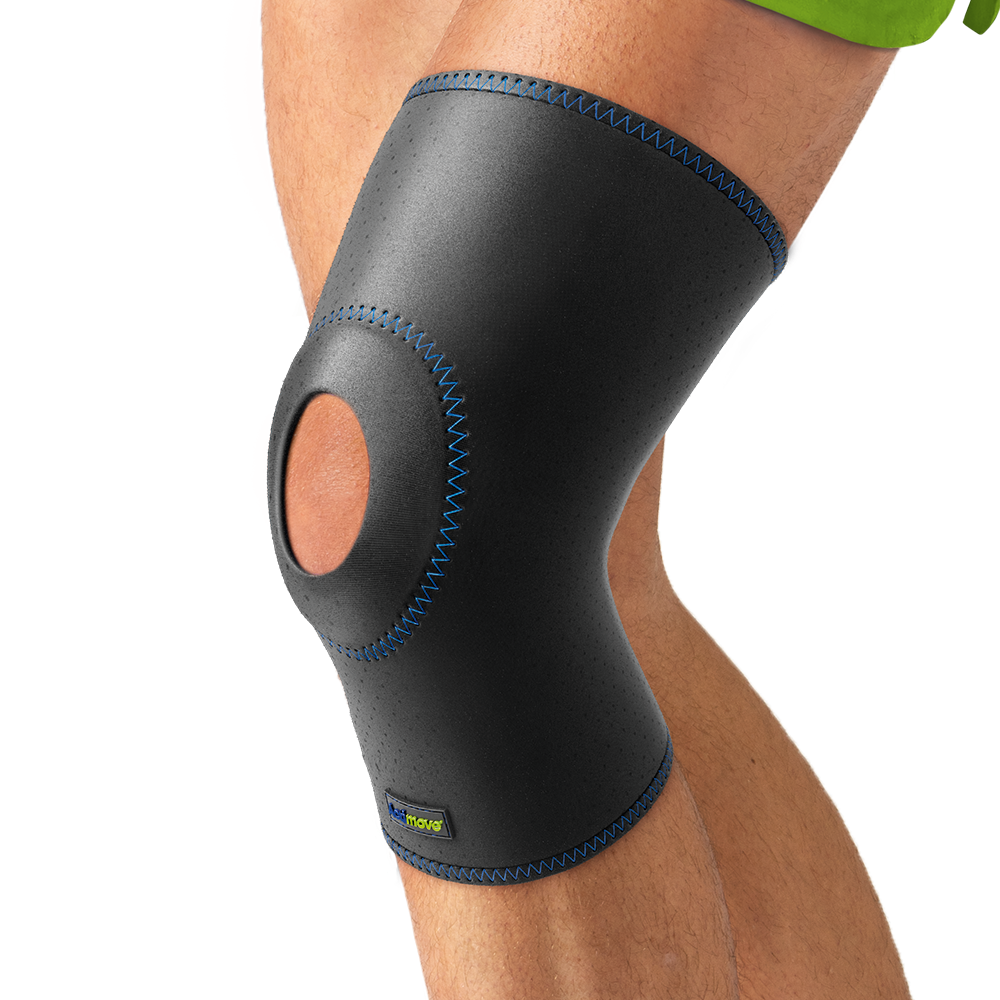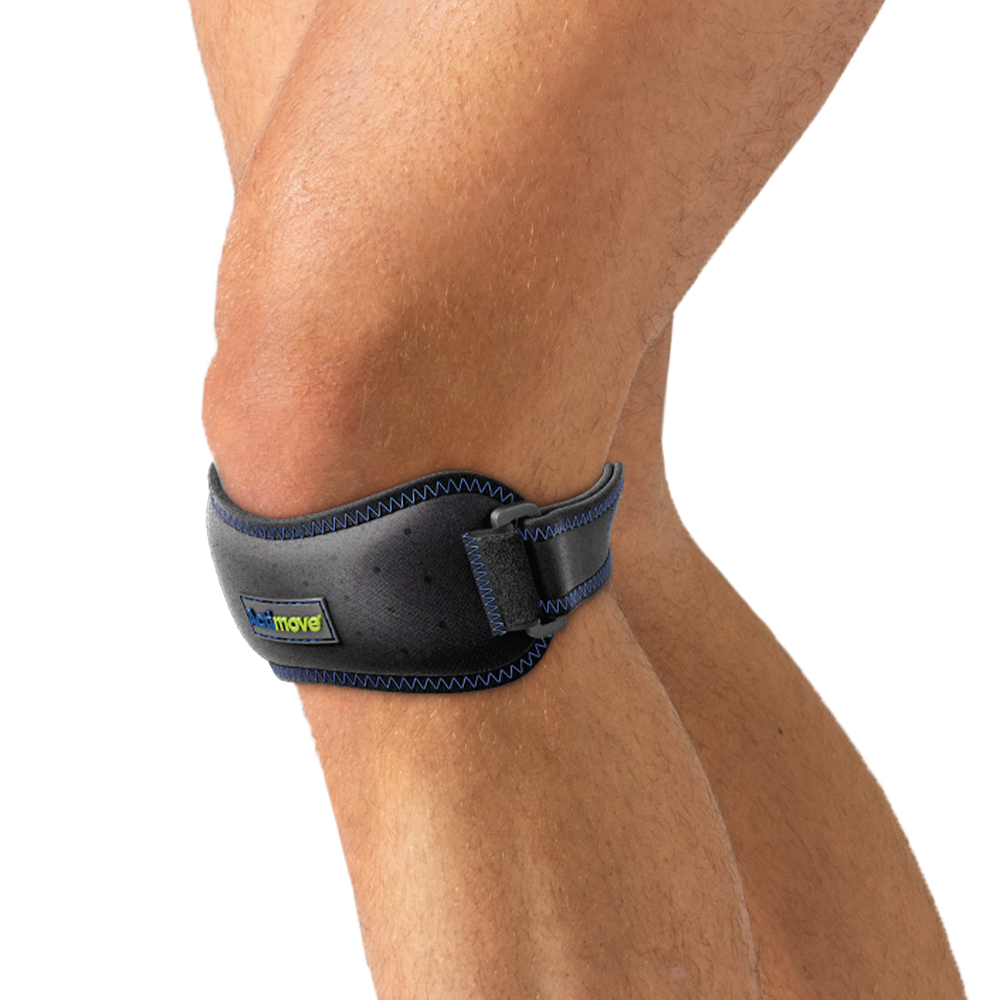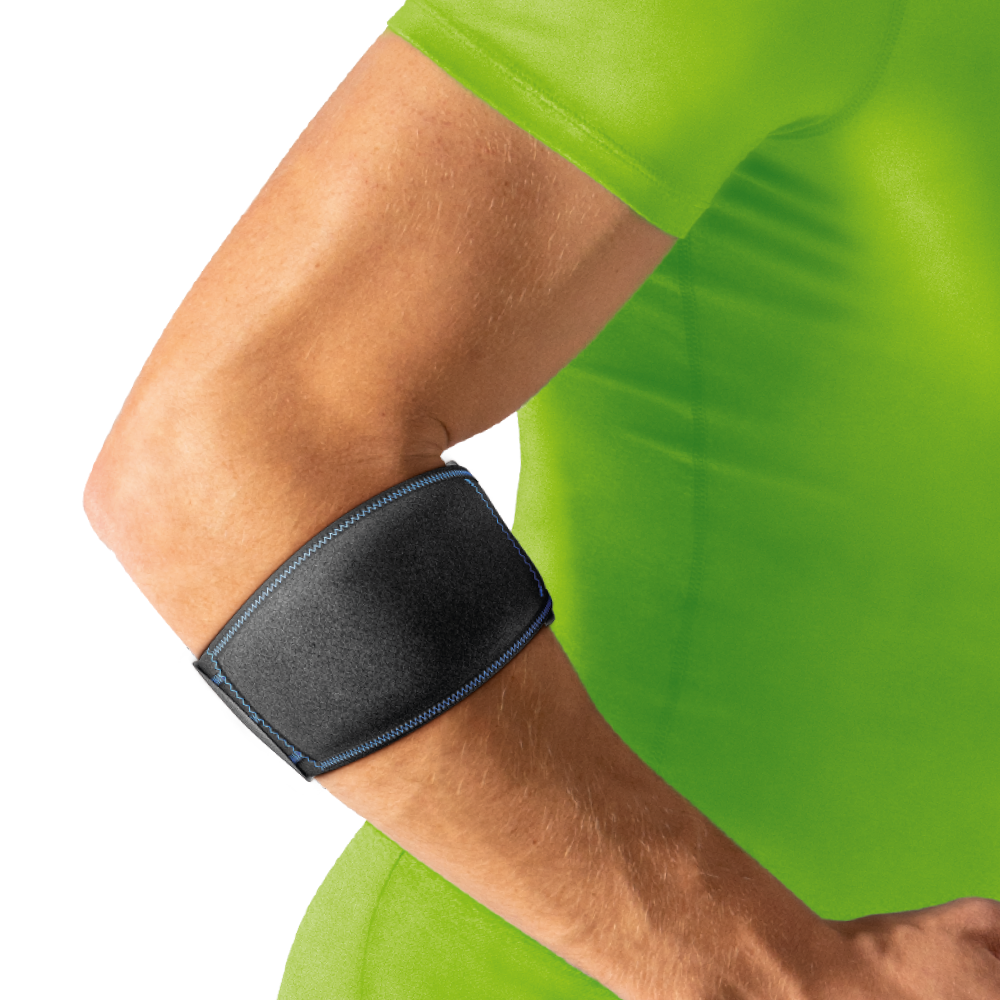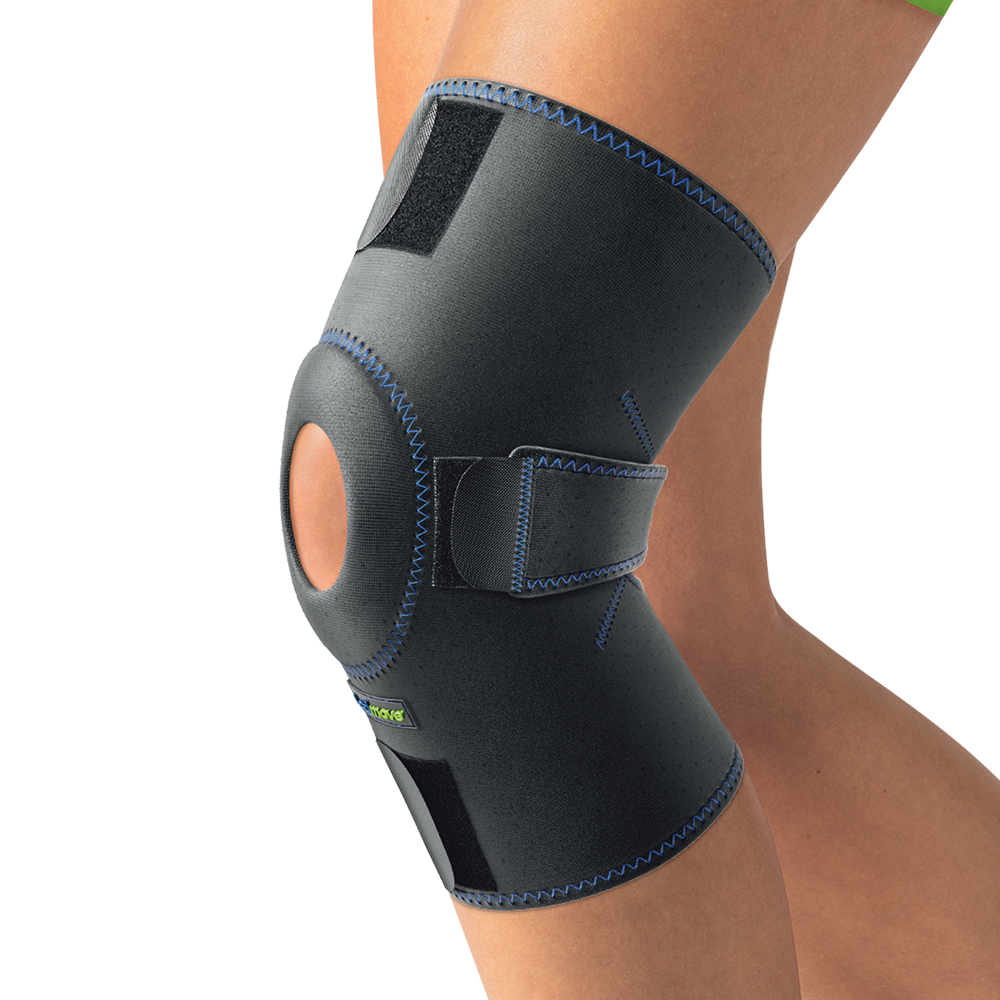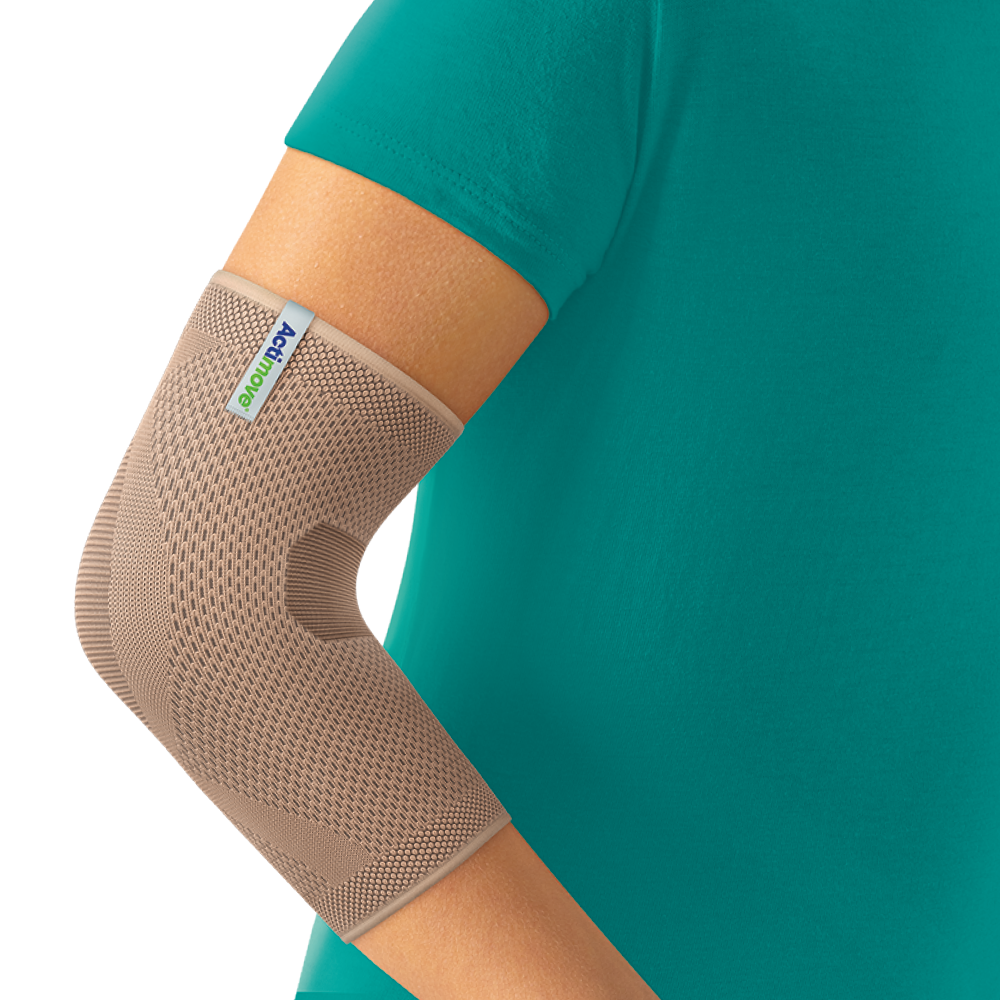Braces and supports are widely used orthopaedic devices that can help when you have an injury of the joints, muscles, tendons, ligaments, or bones. You can use them as part of a non-surgical treatment plan for an injury or condition, and during post-surgical rehabilitation.
Devices vary in support depending on the material they are made from. For example, simple sleeve or wrap-around products mainly support through compression and light stabilisation, whereas more complex braces, such as hard-shell braces, can also restrict movement. Different designs and levels of stabilisation are available to target different types of injures and conditions. With some types of braces and supports, you are also able to adjust the product to your individual needs, for targeted treatment throughout your healing process.
Your doctor will be able to tell you which type of product is most suited for your condition.







